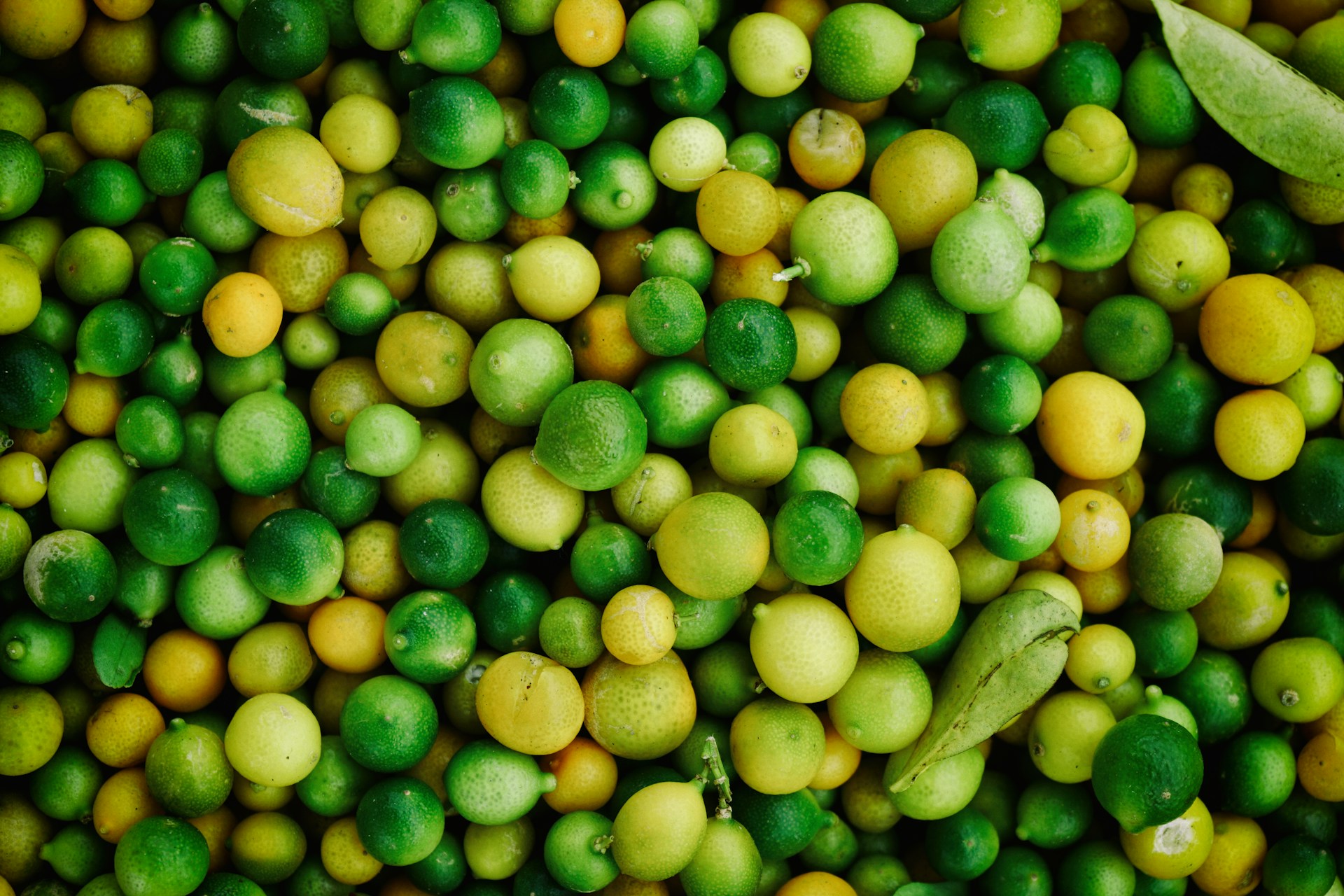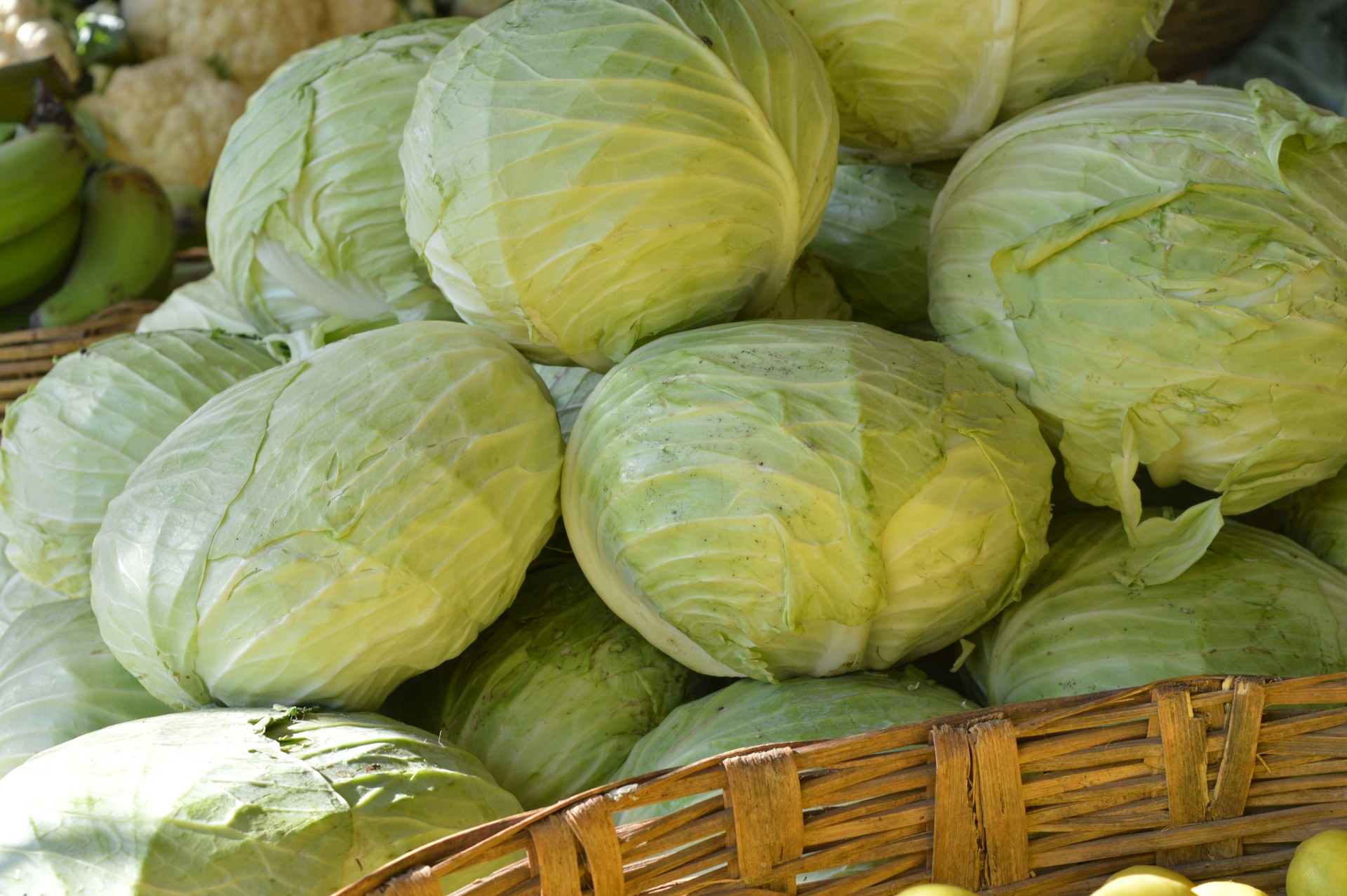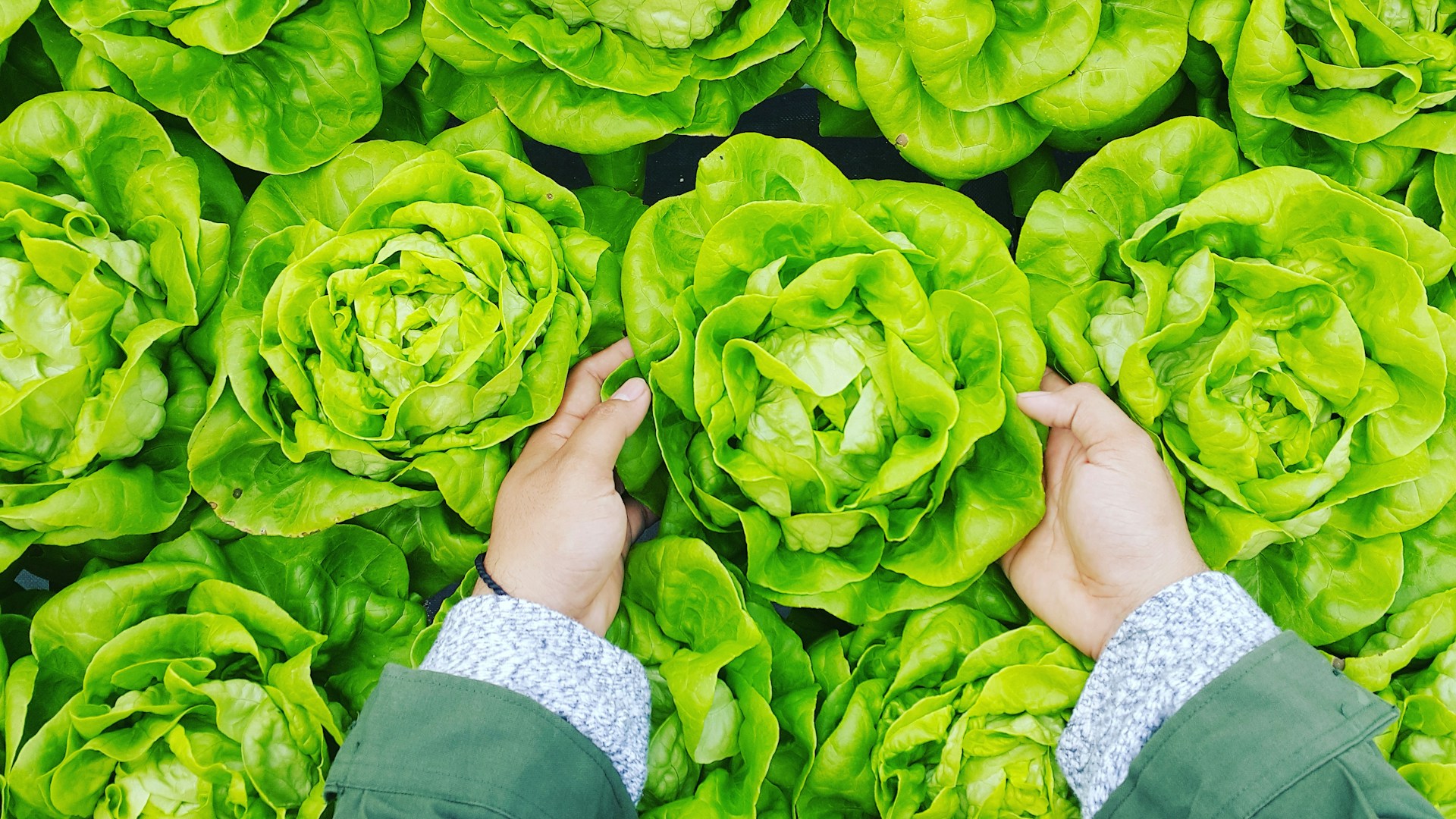Ensuring an efficient, safe, and reliable distribution of fresh produce is no longer just a matter of logistics.
Major advancements in technology have introduced enhanced capabilities in this arena, particularly around the concept of traceability.
From seed to shelf, the adoption of innovative solutions is revolutionizing the sector.
This is not only improving operations but is also providing end consumers with unprecedented transparency.
Both regulatory bodies and conscious customers are driving a demand for these technological advancements in the agri-food chain.
This article aims to delve deeper into these emerging traceability technologies and their impact on the produce distribution landscape.
Traceability Tech Advancements For Produce Distribution
1. Blockchain technology for transparent supply chain tracking
The rise of Blockchain technology presents a promising solution to enhance the transparency and accountability of the produce distribution supply chain.
Originally developed for the digital currency, Bitcoin, Blockchain has evolved into a versatile tool capable of securely recording and verifying a high volume of digital transactions.
This attribute makes the technology uniquely poised to tackle the challenges of supply chain tracking in the produce distribution industry.
The fundamental component of Blockchain technology is its decentralized nature, in which all transactions are distributed across multiple nodes within the network.
This dispersed structure provides a robust defense against data tampering, ensuring that the integrity and authenticity of supply chain information are preserved.
By integrating Blockchain technology into the supply chain, businesses can create a transparent and immutable record of produce journey – from the farm to the consumer’s plates.
Every transaction or operation linked to a particular produce can be recorded on the Blockchain, generating a verifiable and traceable history.
For instance, the successful harvesting of a crop can be recorded as a transaction, including details such as when and where the harvest happened, and the quality control measures taken.
Similarly, the shipping of the produce can also be documented, providing information on transit routes, storage conditions, and delivery times.
By having access to such comprehensive and reliable data, businesses within the produce distribution industry can streamline their operations and eliminate inefficiencies.
Moreover, it fosters an environment where dishonest practices, such as the selling of expired produce or misrepresentation of produce sources, are easily identifiable and preventable.
The benefits of implementing Blockchain technology extend beyond the supply chain’s internal operations.
Today’s increasingly conscious consumers demand full transparency around the origins and handling of their food.
With Blockchain technology, businesses can provide consumers direct access to a produce’s entire journey, validating its quality, safety, and sustainability credentials.
As such, Blockchain technology’s integration represents a significant step forward in answering the call for authentic, responsible, and transparent agriculture and food production.
2. GPS Tracking for Real-Time Logistics Monitoring
In the dynamic world of produce distribution, utilizing technology such as GPS tracking for real-time logistics monitoring has become an integral part of effective supply chain management.
GPS, or Global Positioning System, provides a fast and precise method of tracking the location of goods as they move through the supply chain.
This means, from the time produce leaves the farm, to its arrival in the supermarket, its progress can be traceable in real-time.
With GPS tracking, companies can monitor the status of their shipments, identify possible delays, and make necessary adjustments to ensure on-time delivery.
Real-time monitoring can help prevent mishaps such as produce deterioration due to unexpected delays or improper storage conditions while in transit.
Furthermore, this technology can highlight inefficiencies in transportation routes and help to streamline processes, improving overall logistics performance.
With GPS tracking, even the most minute details, such as vehicle speed, exact location, and estimated time of arrival can be accessed, providing companies with crucial information to maximize productivity and minimize waste.
GPS monitoring also supports accountability and transparency in the supply chain.
For instance, by being able to show that produce has been kept at the right temperatures and delivered within the agreed time frame, companies can build trust with their consumers and uphold their brand’s reputation.
Furthermore, GPS tracking can aid in loss prevention.
Via geo-fencing, an invisible boundary set around a certain geographic area, alerts can be sent if the tracked produce deviates from its expected route.
Thus, not only providing real-time updates, but also enhancing security in the distribution process.
GPS tracking technology has also facilitated the development of mobile applications that make this real-time data accessible to all stakeholders involved in the supply chain.
From farmers to wholesalers to retailers, each party can stay informed about the exact location and status of the produce, further strengthening supply chain collaboration and efficiency.
Suffice to say, the use of GPS technology in produce distribution has revolutionized the way tracking and real-time monitoring are conducted, handling key aspects of logistics like never before.
3. IoT Sensors for Quality and Freshness Tracking
The Internet of Things (IoT) has revolutionised the way we perform many tasks, including in the realms of agriculture and food distribution.
The application of IoT technology in these sectors has allowed for an unprecedented level of traceability and quality control.
This has largely been achieved through the deployment of advanced sensors that can measure variables such as temperature, humidity, and odour intensities.
These sensors are capable of transmitting the collected data in real-time, which is crucial for maintaining the quality and freshness of produce during the distribution process.
Utilising IoT sensors in the produce distribution process allows for a high degree of precision and reliability in quality control, something that was previously difficult to achieve.
The data gathered from these sensors can also help agricultural businesses to better understand their supply chain processes and identify areas for improvement.
For instance, it can flag up patterns or trends that may be causing produce to become spoiled prematurely, enabling additional steps to be taken to rectify such issues.
Moreover, the use of IoT sensors can help in verifying the authenticity of produce, a particularly significant feature in an age where food fraud is increasingly common.
By tracking and documenting all environmental factors during the distribution process, it becomes possible to provide a guarantee of a product’s origin and quality.
Besides, IoT sensors also help in increasing transparency for consumers by providing them with all necessary information about the products they buy.
A smart sensor connected to the Internet can provide real-time updates about the status of produce, from the farm right to the point of sale.
This kind of transparency can strengthen the bond of trust between consumers and producers, leading to increased loyalty and potentially higher sales.
In many ways, the application of IoT technologies and particularly sensors in the food distribution sector is still in its infancy, with much potential for further development and refinement.
However, the early signs are very promising and suggest a future where the quality and freshness of produce will be guaranteed by these advanced technological solutions.
Given the importance of food safety and quality assurance, the role of IoT sensors in produce distribution is expected to become even more critical in the future.
4. DNA Tagging to Ensure Produce Authenticity.
DNA tagging has emerged as a revolutionary tool in global agricultural supply chains, particularly for ensuring the authenticity of fresh produce.
As food fraud becomes a growing concern worldwide, there is an heightened demand for accurate and reliable solutions to verify food provenance and authenticity.
In the arena of fresh produce distribution, the stakes are high as consumers are increasingly concerned about the traceability of their food items, which has spearheaded the adoption of DNA tagging technology.
DNA tagging involves marking products with a unique, invisible, and harmless DNA sequence, which can be read at any point in the distribution chain to confirm the product’s origins and authenticity.
DNA tagging is a powerful tool that serves as a secure and foolproof method for tracking produce, as well as deterring food fraud.
One of the key reasons behind the effectiveness of DNA tagging is that it is almost impossible to tamper with or falsify, hence, making it a truly reliable tool for traceability.
DNA tagged produce can also bring about transparency in transactions, protecting both businesses and consumers from food fraud or mislabeling.
Furthermore, DNA tagging can help regulatory bodies and food distributors acquire a far better understanding of the provenance and route of food items, thus assisting in setting quality standards and managing recalls more effectively.
Moreover, this technology is scalable as the same DNA sequence can be used to tag an entire batch of produce, allowing tracing back to the farm, based on a simple swab test and subsequent DNA sequencing.
For instance, DNA tagging of fresh produce can create a direct link between the farmer and the consumer, providing unmatched transparency and allowing the consumer to make more informed decisions about their food choices.
It’s worth mentioning that DNA tagging doesn’t affect the produce’s quality or safety as the DNA markers are environmentally friendly and safe to consume.
The implementation of DNA tagging technology requires collaboration across the entire food supply chain, from farmers to distributors, as well as regulatory bodies and technology providers.
Though the technology is yet to be universally adopted, recent advancements and trial projects are indicating a promising future where authentic and traceable fresh produce become the norm rather than the exception.
As part of a comprehensive traceability toolbox that includes other technologies like Blockchain, GPS tracking, and IoT sensors, DNA tagging can be an invaluable part of the solution in our efforts to ensure the freshness, quality, and most notably authenticity of distributed produce.
5. AI-powered predictive analytics for optimal distribution
The advent of artificial intelligence (AI) has brought about revolutionary changes in various sectors, including the produce distribution industry.
One of the most significant improvements stemmed from the implementation of AI-powered predictive analytics.
This refers to the utilization of complex algorithms and models to predict future outcomes based on historical and real-time data.
In the context of produce distribution, predictive analytics can help anticipate demand, optimize delivery routes, and make the supply chain more efficient.
For instance, by analyzing historical sales and weather data, AI can predict seasonal demand for certain produce items.
Such information is crucial in managing inventory and preventing waste, as well as tailoring produce supply to meet customer needs.
Moreover, AI-powered predictive analytics can optimize delivery routes by analyzing traffic patterns, weather conditions, and delivery schedules.
This ensures that fresh produce is delivered as quickly and efficiently as possible, reducing the risk of spoilage and waste.
Another aspect of AI application in produce distribution is in the streamlining of the supply chain management.
By predicting potential bottlenecks or disruptions in the supply chain, necessary adjustments can be made ahead of time to ensure seamless distribution.
Besides, AI can be used to forecast changes in the market, allowing businesses to react swiftly and prevent potential losses.
The predictive nature of this technology allows businesses to be more proactive rather than reactive.
As a result, resources are better utilized, risks are mitigated, and overall distribution efficiency is improved.
It’s also noteworthy that AI-powered predictive analytics can provide profound consumer behavior insights.
These insights can influence produce selections, packaging, marketing strategies, and ultimately lead to higher customer satisfaction.
In summary, AI-powered predictive analytics plays an integral role in enhancing the efficiency, precision, and scalability of produce distribution.
As this technology continues to evolve and become even more sophisticated, the limits of what can be achieved in produce distribution will continually be pushed.
The Bottom Line
Adopting innovative technologies in supply chain management holds the potential to radically transform operations, enhancing transparency, real-time monitoring, product quality assurance, authenticity, and distribution efficiency.
Harnessing blockchain technology can bolster tracking transparency, while GPS tracking systems enable real-time logistics monitoring.
Implementing IoT sensors can provide up-to-the-minute readings on product quality and freshness.
The integration of DNA tagging techniques secures reliability in verifying product authenticity.
Meanwhile, the use of AI-powered predictive analytics can bring about revolutionary improvements in distribution decisions.
Embracing these technological changes can create dynamic, syncronized and fundamentally robust supply chains, driving efficiencies across all processes.




